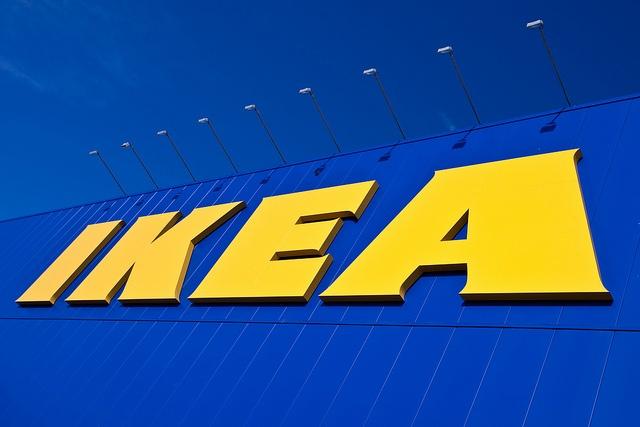
There is a limit to how many home furnishings people can buy. That’s something Ikea, the Swedish furniture giant, knows all too well. It has even come up with a name for it, peak curtains, reports, the Guardian.
Speaking at a Guardian conference, Ikea’s head of sustainability, Steve Howard said: “If we look on a global basis, in the West we have probably hit peak stuff. We talk about peak oil. I’d say we’ve hit peak red meat, peak sugar, peak stuff … peak home furnishings.” He said it could be called “peak curtains.”
The company “will be increasingly building a circular Ikea where you can repair and recycle products,” Howard said. He added, "If you look on a global basis, most people are still poor and most people actually haven’t got to sufficiency yet. There is a global growth opportunity ... but it’s a distribution issue."
Ikea promotes the reuse of its products
Ikea is big on promoting the reuse of its products. On its U.K. website it suggests ways to reuse old Ikea catalogs, such as making a garland, a DIY coaster, hanging art and a paper lantern.In 2013, Ikea launched a marketing campaign with Norwegian agency SMFB to encourage the resale of its used and unwanted furniture. The campaign began by asking customers if they would like help re-selling their unwanted furniture. After receiving a big response, Ikea then launched its Second Hand Campaign, an online marketplace where Norwegian customers could sell and buy used Ikea furniture. “Even if we like people to buy our furniture, we don’t like to see old furniture go to waste,” the ad for the campaign proclaimed.
Tucked within Ikea’s 2015 sustainability report is a little section titled, "Converting to a Circular Economy.” The company is part of the Circular Economy 100 (CE100), which was established by the Ellen MacArthur Foundation to encourage companies to progress toward a circular economy. But what is a circular economy? Ikea defines it as an economy “where waste is eradicated in a cycle of repair, reuse, refurbishment and recycling.”
The company created the Circular Ikea concept, consisting of three elements: prolonged product life, designing for circularity, and resource chain. The concept is in the “early stages,” but there are already examples of it within the company’s operations. One example is that its customers can return their unwanted Ikea furniture to participating stores, where it is resold or donated to charity. Another example is that customers can return used mattresses through the company's mattress take-back initiative, which it launched in 20 countries at the end of 2015. The returned mattresses are sent for either energy recovery or their materials are recycled.
Unwanted furniture can contribute to landfill waste
Furniture that is discarded and ends up in landfills is a big problem. In the U.K. alone the Furniture Re-use Network estimates that 10 million household items are sent to landfills every year, and 3 million of those items could be “reused by people in crisis.” The problem in the U.S. is bigger. In 2013, Americans generated about 254 million tons of trash and only recycled and composted about 87 million tons of it, which is equivalent to a 34.3 percent recycling rate, according to the U.S. Environmental Protection Agency (EPA).How much of that garbage is old furnishings? In 2009, the EPA reported that furniture waste made up 9.8 million tons, or 4.1 percent, of all household waste. And unfortunately, furniture is the item that Americans recycle least.
Image credit: Hakan Dahlstrom

Gina-Marie is a freelance writer and journalist armed with a degree in journalism, and a passion for social justice, including the environment and sustainability. She writes for various websites, and has made the 75+ Environmentalists to Follow list by Mashable.com.














